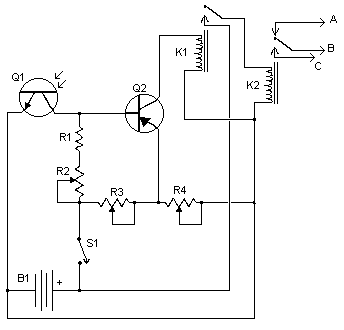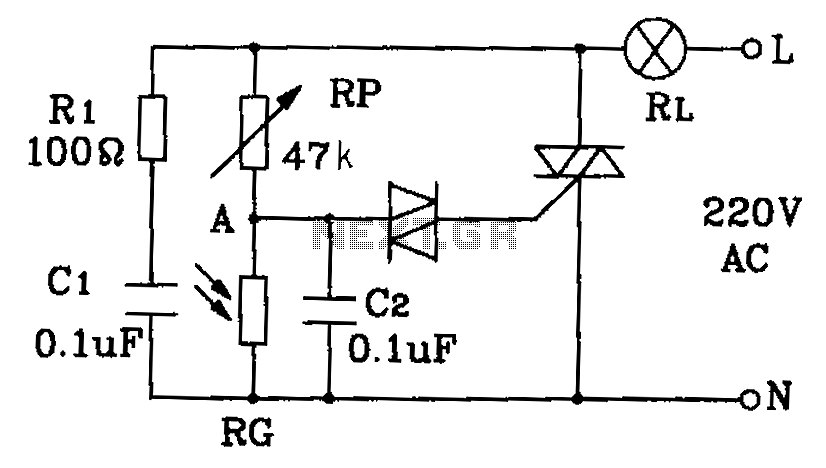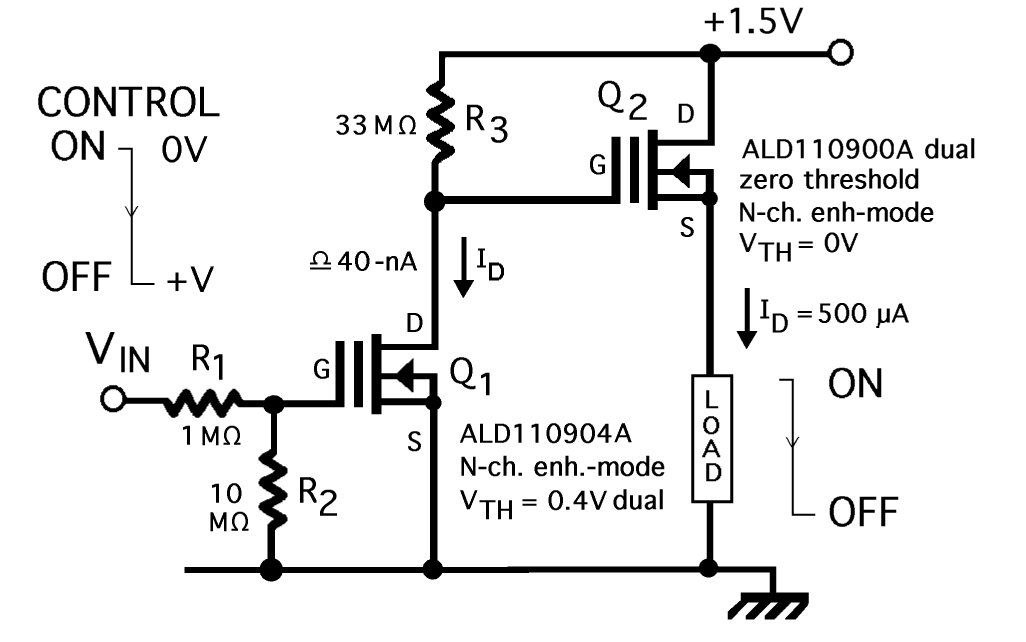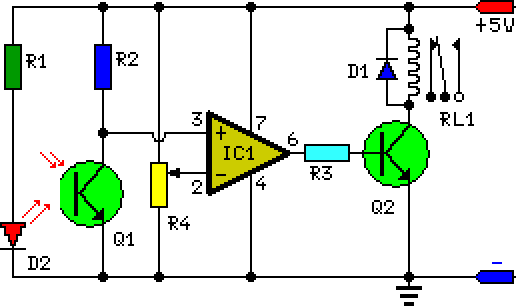
automatic headlight brightness switch

Operating high-beam headlights while driving on highways can significantly enhance visibility; however, it poses a blinding risk to other drivers. This straightforward circuit can be integrated into the headlight switch to facilitate automatic switching between high and low beam headlights when detecting oncoming traffic. It accomplishes this by sensing the headlights of approaching vehicles. Consequently, drivers can maintain high-beam usage without causing glare to others.
This circuit utilizes a light sensor, typically a photodiode or phototransistor, which is strategically positioned to detect the intensity of light from oncoming vehicles. When the sensor detects a certain threshold of light, indicative of approaching headlights, it triggers a relay or a transistor that switches the headlight circuit from high beam to low beam.
The design includes a resistor-capacitor (RC) network that helps to filter out transient light changes, ensuring that the switching action is stable and does not respond to brief fluctuations in light intensity, such as those caused by streetlights or reflective surfaces.
The circuit can be powered from the vehicle's existing headlight circuit, ensuring that it remains operational only when the headlights are activated. A simple LED indicator can be added to show the driver when the system is actively switching the beams, providing an additional layer of feedback.
For installation, the light sensor should be mounted in a location that accurately represents oncoming traffic light levels, typically near the front windshield or on the vehicle's front bumper. The relay or transistor should be rated to handle the current of the vehicle's headlight system, and appropriate fuses should be included to protect the circuit from overcurrent conditions.
This automatic headlight switching circuit enhances safety by allowing drivers to utilize high beams for improved visibility while ensuring compliance with traffic safety standards.Driving the highway with your high-beam headlights can really increase your visibility, but can he a blinding hazard for other drivers. This simple circuit can be wired into your headlight switch to provide automatic switching between high and low beam headlights when there is oncoming traffic.
It does this by sensing the lights of that traffic. In this way, you can drive safely with your high-beams on without blinding other drivers.. 🔗 External reference
This circuit utilizes a light sensor, typically a photodiode or phototransistor, which is strategically positioned to detect the intensity of light from oncoming vehicles. When the sensor detects a certain threshold of light, indicative of approaching headlights, it triggers a relay or a transistor that switches the headlight circuit from high beam to low beam.
The design includes a resistor-capacitor (RC) network that helps to filter out transient light changes, ensuring that the switching action is stable and does not respond to brief fluctuations in light intensity, such as those caused by streetlights or reflective surfaces.
The circuit can be powered from the vehicle's existing headlight circuit, ensuring that it remains operational only when the headlights are activated. A simple LED indicator can be added to show the driver when the system is actively switching the beams, providing an additional layer of feedback.
For installation, the light sensor should be mounted in a location that accurately represents oncoming traffic light levels, typically near the front windshield or on the vehicle's front bumper. The relay or transistor should be rated to handle the current of the vehicle's headlight system, and appropriate fuses should be included to protect the circuit from overcurrent conditions.
This automatic headlight switching circuit enhances safety by allowing drivers to utilize high beams for improved visibility while ensuring compliance with traffic safety standards.Driving the highway with your high-beam headlights can really increase your visibility, but can he a blinding hazard for other drivers. This simple circuit can be wired into your headlight switch to provide automatic switching between high and low beam headlights when there is oncoming traffic.
It does this by sensing the lights of that traffic. In this way, you can drive safely with your high-beams on without blinding other drivers.. 🔗 External reference





